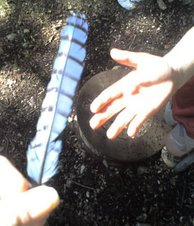Soft purple, draining into paper ghosts
The angelonia spreads
Green jungle hair
reaching up and sideways
The bullies fish for delight in others' sorrow
The proud are veiled from the truth
The punished punish again and again,
blind dumb worms
sliding over each other, feeding
No one knows how to find comfort
in grieving
No one can open the door
to feel solace in talking about death
Karma tallies the numbers
Books sleep while waiting on our shelves
The marigolds burst forth, no matter
New souls pour into the wards of purgatory
Surprised to find that they did not die
Now, they hear children laughing
Death is our great lie.


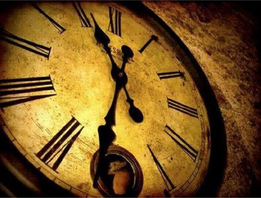
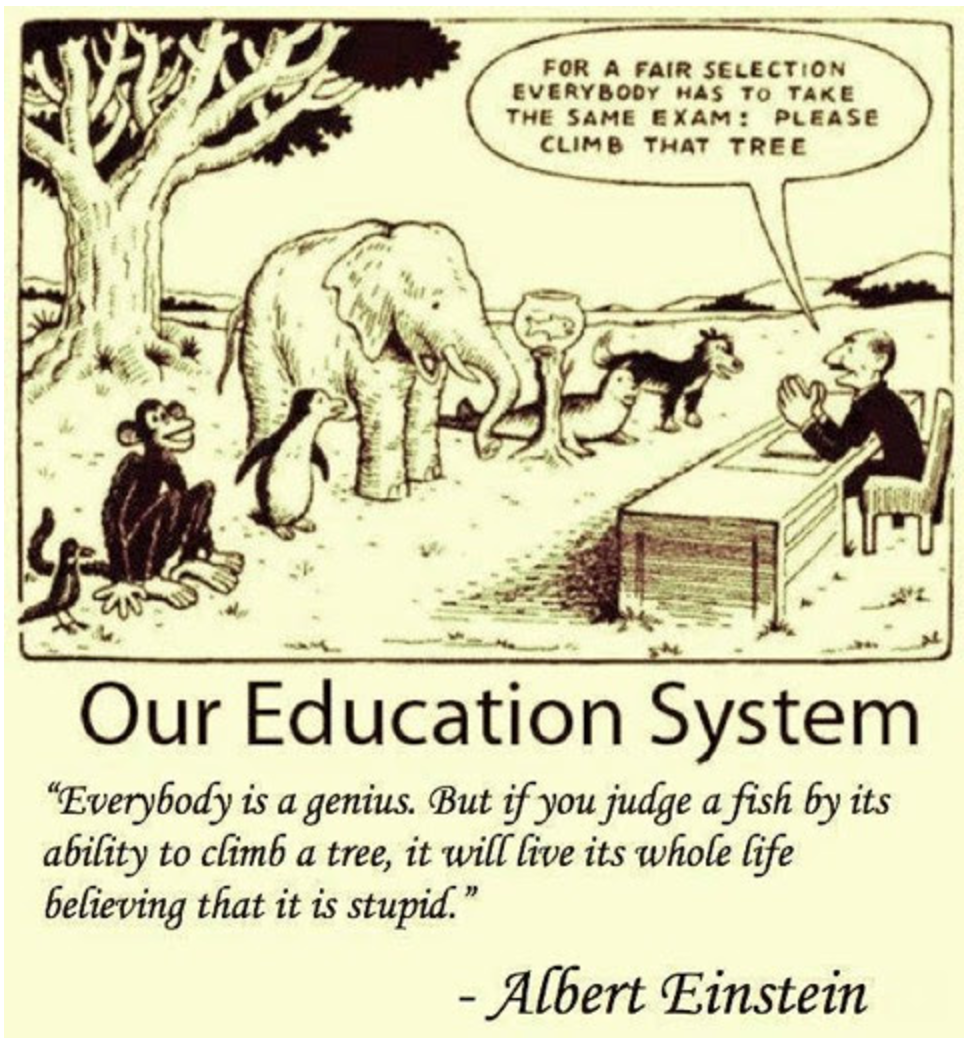
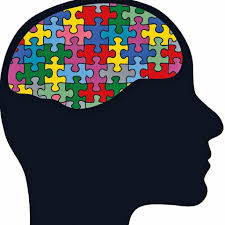

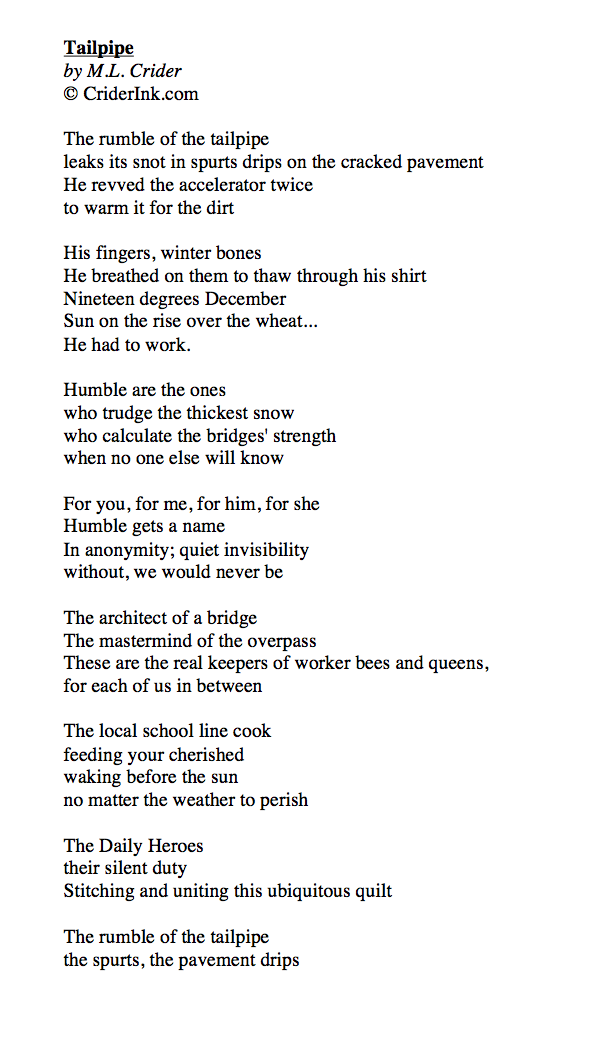

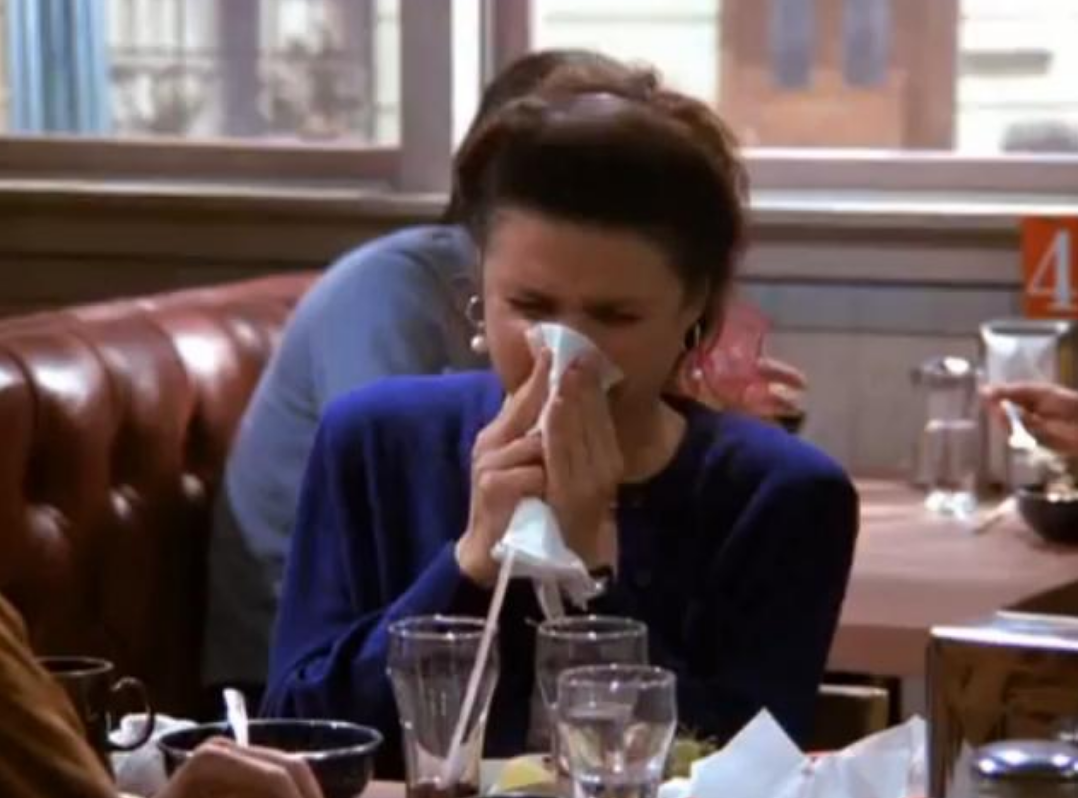



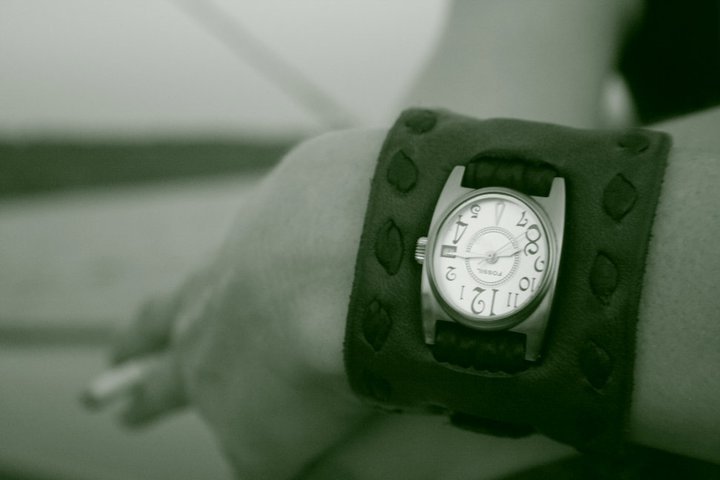
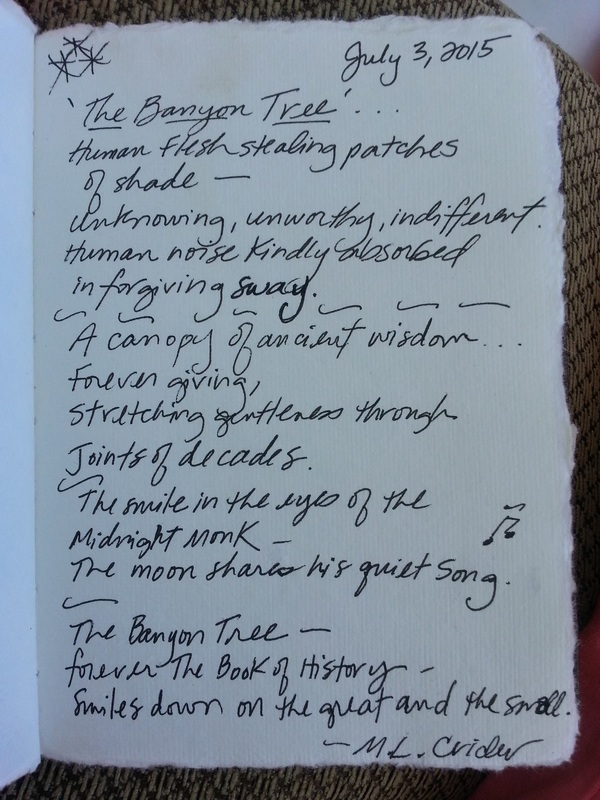







 RSS Feed
RSS Feed

